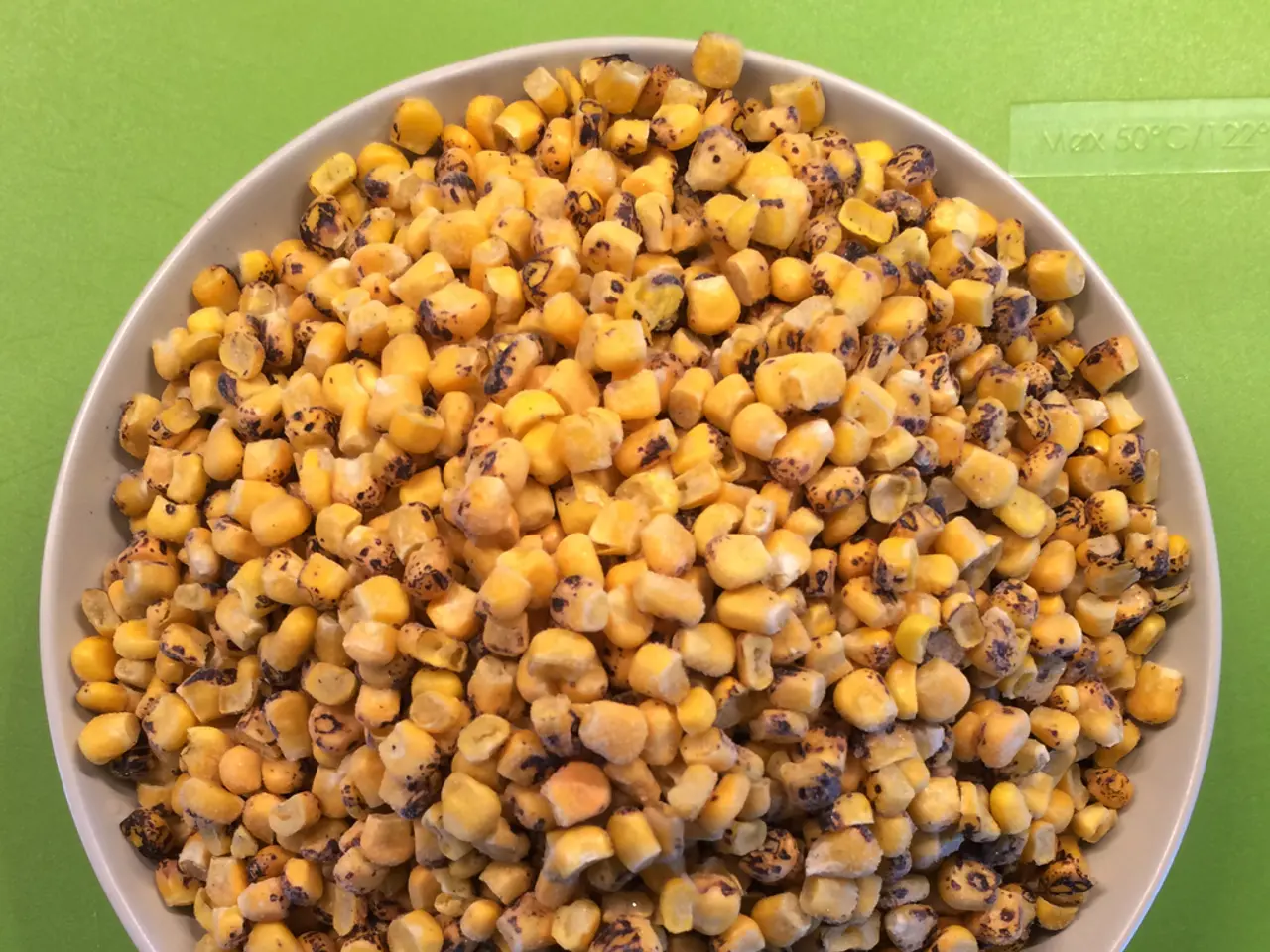Cheerios' Impact on Cholesterol Levels and Other Grain-Based Cereal Options
Lowering cholesterol levels is crucial for maintaining heart health, as high levels of LDL cholesterol can lead to serious health problems such as heart attacks and strokes. One effective way to reduce cholesterol levels is through diet, specifically by consuming foods rich in soluble dietary fiber.
A 1998 study found that eating oat cereal, including Cheerios, can help reduce total and LDL cholesterol levels. This is due to the presence of beta-glucan, a type of soluble fiber found in oats. Consuming about 3 grams of beta-glucan daily can help lower cholesterol levels, with benefits observed in reducing total and LDL cholesterol by up to 10% over a few months. The FDA recognizes oat bran, rich in beta-glucans, as a cholesterol-reducing food.
Besides Cheerios, significant sources of beta-glucan include oats and oat bran, barley and barley products, and certain mushrooms and fungal sources. Oats and barley are the primary dietary sources acknowledged for cholesterol management through beta-glucan intake. Consuming about a bowl of oatmeal daily can provide the effective 3 grams dose needed to lower LDL cholesterol.
Soy protein can also significantly reduce LDL cholesterol in adults, with a daily intake of approximately 25 grams needed for results. Certain fruits, such as apples, grapes, and strawberries, are rich in pectin, another type of soluble fiber that can help lower LDL levels. Half a cup of rolled oats contains a significant amount of soluble dietary fiber, while a 1.5 cup serving of Original Cheerios contains 1 gram of soluble fiber.
In addition to beta-glucan and soy protein, plant stanols and sterols can also help lower cholesterol. These are found in vegetable oil, vegetable oil-based margarine, seeds, grain products, nuts, legumes, fruits, and vegetables.
It's important to note that Cheerios is a whole grain oat-based breakfast cereal, but many varieties contain other grains and some may include added sugar. Therefore, it should be eaten in moderation and only as part of a balanced diet. A person should aim to eat foods containing dietary soluble fiber, such as beans, peas, most fruits, and oats, to effectively lower cholesterol levels.
In summary, to lower cholesterol, aim for around 3 grams daily of beta-glucan from oats, barley, or similar sources beyond just Cheerios cereal. Additionally, incorporating soy protein, pectin-rich fruits, and plant stanols and sterols into your diet can further aid in cholesterol management. Always remember to maintain a balanced diet and consume these foods in moderation.
- Maintaining heart health requires lowering cholesterol levels, particularly LDL cholesterol, as high levels can lead to serious conditions like heart attacks and strokes.
- Diet plays a significant role in reducing cholesterol levels, and consuming foods rich in soluble dietary fiber is key.
- One study found that eating oat cereal, such as Cheerios, can help lower total and LDL cholesterol levels due to the presence of beta-glucan, a type of soluble fiber.
- Besides Cheerios, oats and oat bran, barley and barley products, and certain mushrooms and fungal sources are also significant sources of beta-glucan.
- Soy protein, certain fruits like apples, grapes, and strawberries rich in pectin, and plant stanols and sterols found in vegetable oil, seeds, nuts, legumes, fruits, and vegetables can also aid in cholesterol management.
- To effectively lower cholesterol levels, a balanced diet should include foods containing dietary soluble fiber, such as beans, peas, most fruits, and oats, while maintaining moderation in consumption.




